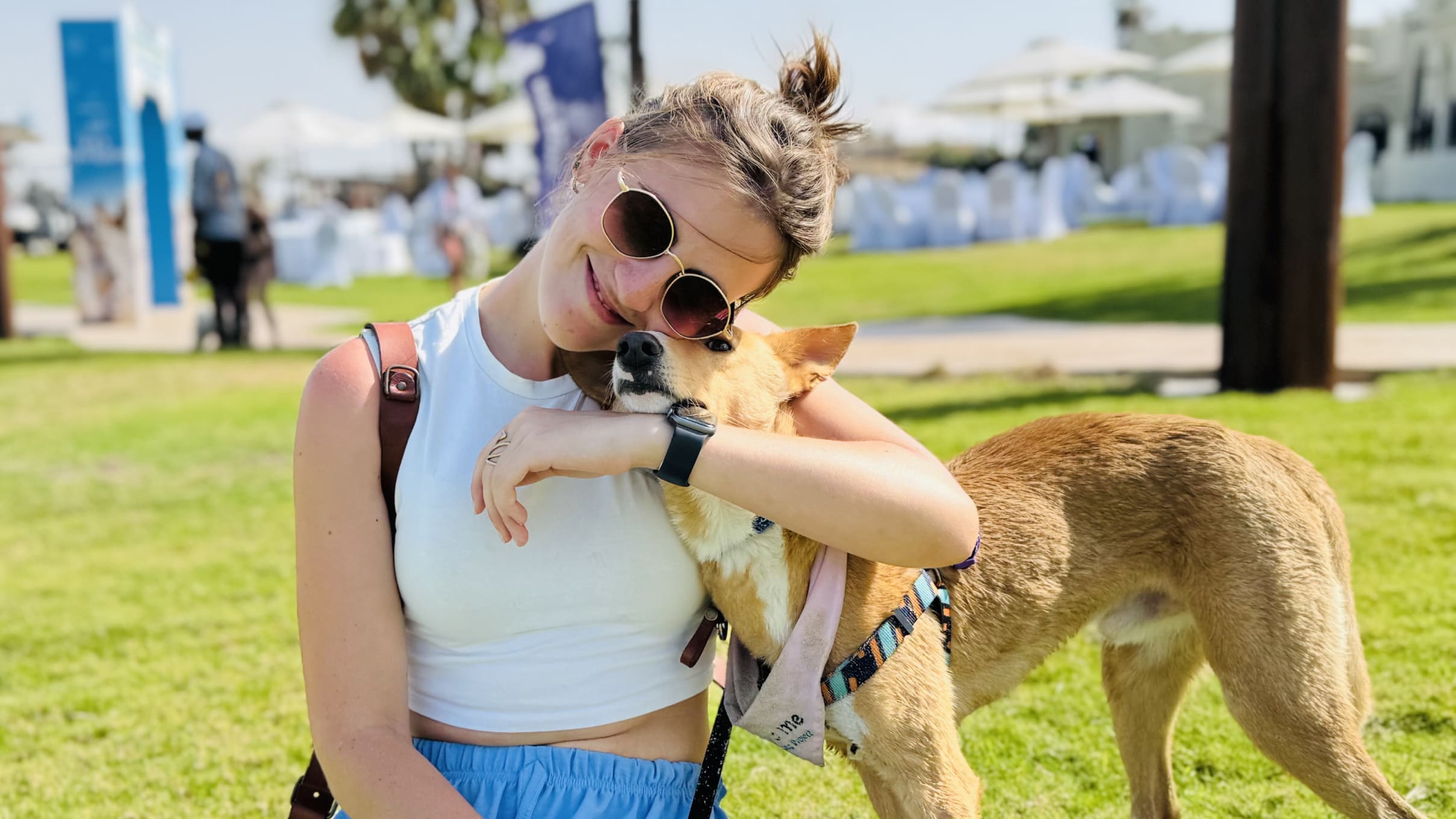Do Dogs Sweat?

Just like humans, dogs can get heatstroke when exposed to high temperatures or humidity.Heatstroke can cause serious damage to your dog’s organs, brain, and blood vessels. It can also lead to dehydration, shock, coma, and death. Read on to learn whether dogs sweat like humans and how to keep them cool during summer.
Do Dogs Sweat?
Dogs have sweat glands just like humans.However, they have fewer and less efficient sweat glands. As a result, dogs don’t sweat similar us. Instead of sweating, dogs regulate their temperature during summer by using various methods, such as:
• Panting: Dogs pant to evaporate moisture from their tongue, mouth, and upper respiratory tract. This helps them lower their body temperature and release excess heat. Panting is the most common and effective way for dogs to cool themselves down. However, panting can also be a sign of stress, pain, or anxiety, so it is important to monitor your dog’s behavior and environment.
• Lying on cool surfaces: Dogs may seek out cool or shaded areas to lie down on, such as tile floors, grass, or under trees. This helps them transfer heat from their body to the cooler surface and reduce their core temperature. You can also provide your dog with cooling mats, fans, or ice packs to help them stay comfortable.
• Dilating blood vessels: Dogs have blood vessels in their ears, nose, and paws that can dilate or widen when they are hot. This allows more blood to flow through these areas and release heat through the skin. You may notice your dog’s ears or nose becoming redder or warmer when they are overheated. You can help your dog by wetting his ears, nose, or paws with cool water or applying a cold compress.
The above are some of the ways that dogs regulate their temperature during summer. But theyarenot always enough to prevent a heat stroke.
It is crucial to prevent your dog from overheating and to recognize the signs of heatstroke. Here are five tips to help you protect your dog from heatstroke and keep them cool and comfortable during summer.
1. Provide plenty of water and shade
One of the most important things you can do for your dog is to always provide them with plenty of fresh water and shade. Water helps your dog stay hydrated and regulate their body temperature. Shade helps your dog avoid direct exposure to the sun and reduces their heat absorption. You can also add ice cubes to your dog’s water bowl or give them frozen treats to help them cool down.
Make sure your dog has access to water and shade whether they are indoors or outdoors. If you are going out with your dog, bring a water bottle and a portable bowl or dispenser for them. You can also use a spray bottle or a wet towel to mist or wipe your dog’s face, ears, neck, and chest.
2. Do not leave your dog alone in a parked car
Never leave your dog in a parked car, even with the windows cracked open. The temperature inside a car can rise rapidly and reach dangerous levels within minutes.
According to the American Veterinary Medical Association (AVMA), on a 30°C (86°F) day, the temperature inside a car can reach 49°C (120°F) in just 10 minutes. This can quickly cause heatstroke and death for your dog.
If you need to run an errand or go somewhere that does not allow dogs, leave your dog at home or with someone you trust. If you see a dog in a parked car that appears to be in distress, call the local animal control or police for help.
3. Avoid putting your dog in a crate or kennel that has poor ventilation
If you need a crate or kennel for your dog, make sure it has adequate ventilation and insulation. A poorly ventilated or insulated crate or kennel can trap heat and make your dog overheat. Choose a crate or kennel that has mesh sides or windows that allow airflow and light. You can also use a fan or an air conditioner to keep the crate or kennel cool.
Do not cover the crate or kennel with blankets or towels that can block the ventilation and increase the temperature. Do not place the crate or kennel near a window that receives direct sunlight or near a heat source such as a radiator or a fireplace.
4. Consider clipping or shaving your dog’s coat (if he has long or thick fur)
Some dogs have long or thick fur that can make them feel hotter and more uncomfortable in summer. If your dog has this type of coat, you may want to consider clipping or shaving it to help them stay cool. However, before you do so, consult with your veterinarian or groomer about the best way to do it.
Wrapping Up
We hope you enjoyed reading this blog post and learned something new. Remember, heatstroke is a serious and preventable condition that can affect any dog. By following thetips mentioned in this blog post, you can help your dog stay cool and safe duringthe summer.
If you suspect your dog has heatstroke, you should immediately move them to a cool place. You should apply cool water to their body (but not ice) and contact your veterinarian if necessary.


Schedule your appointment today
Book My Appointment







